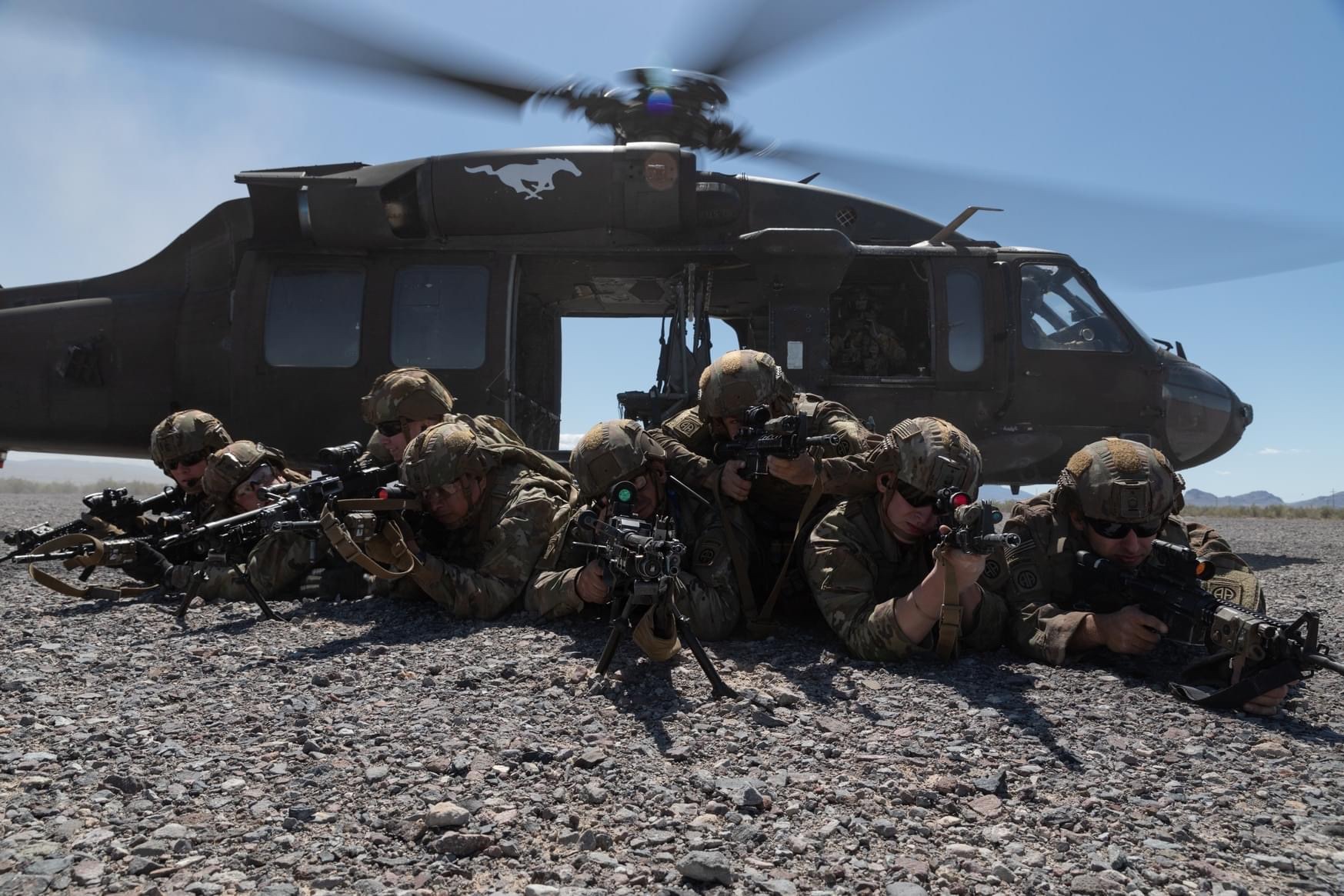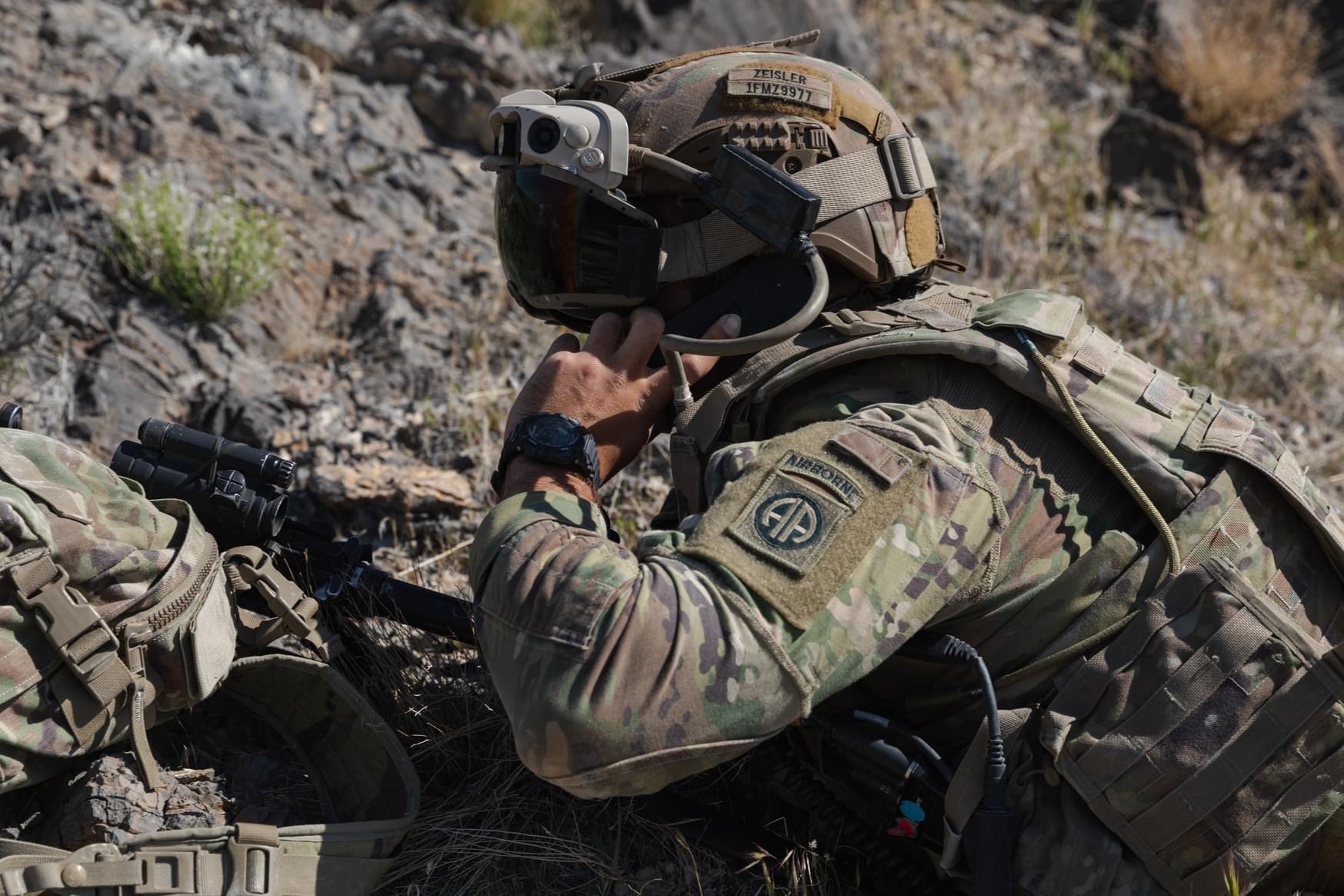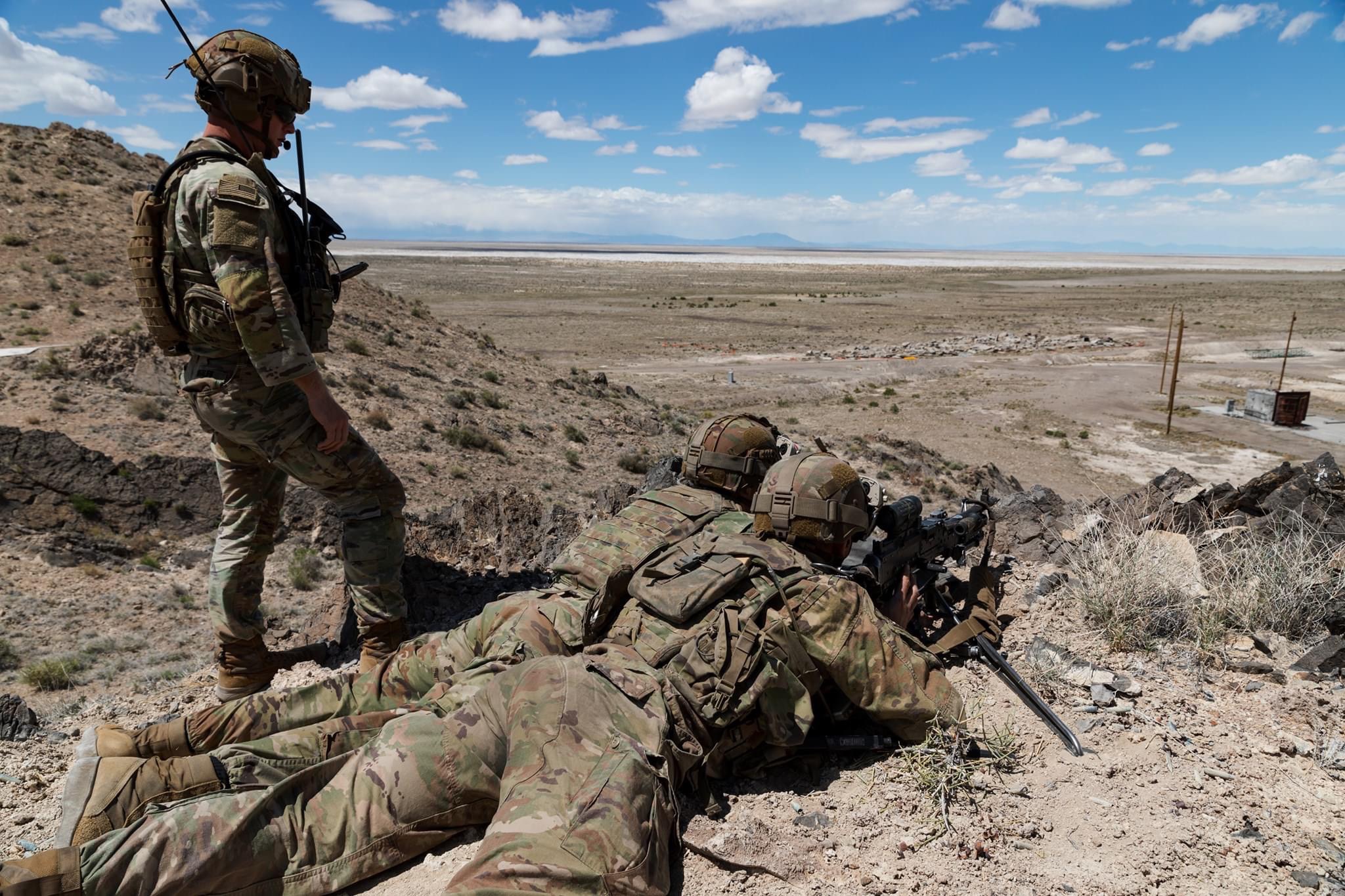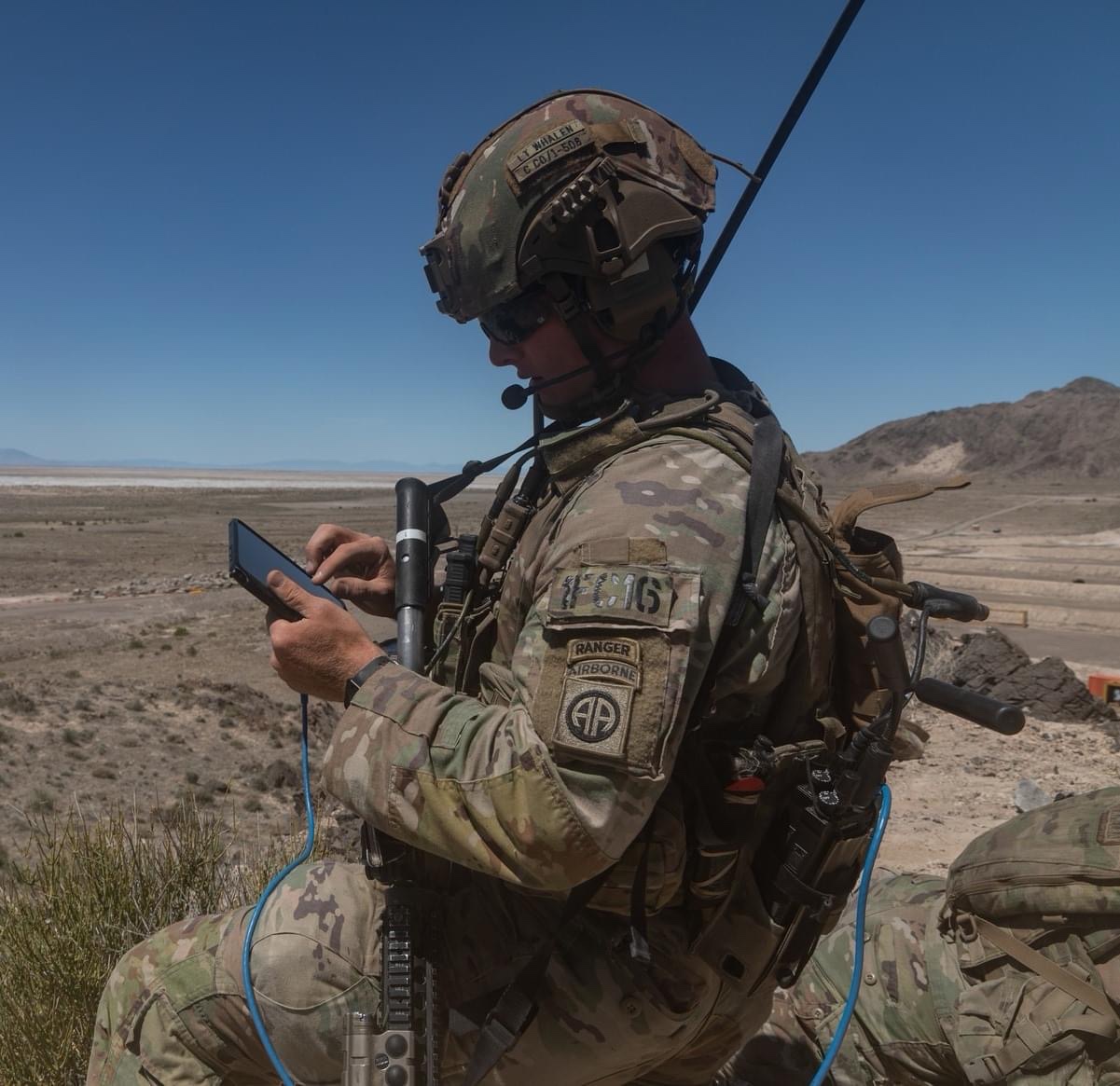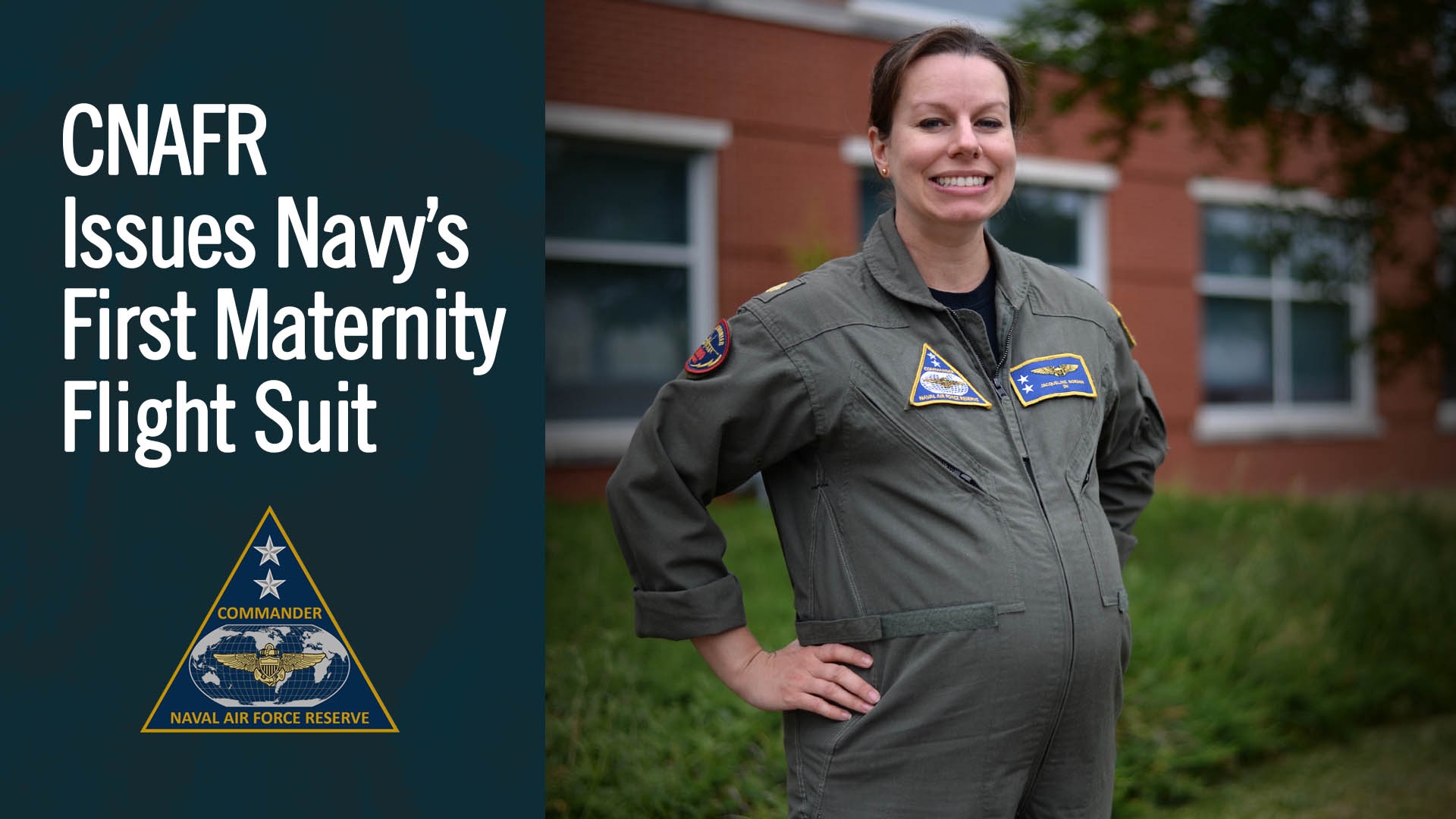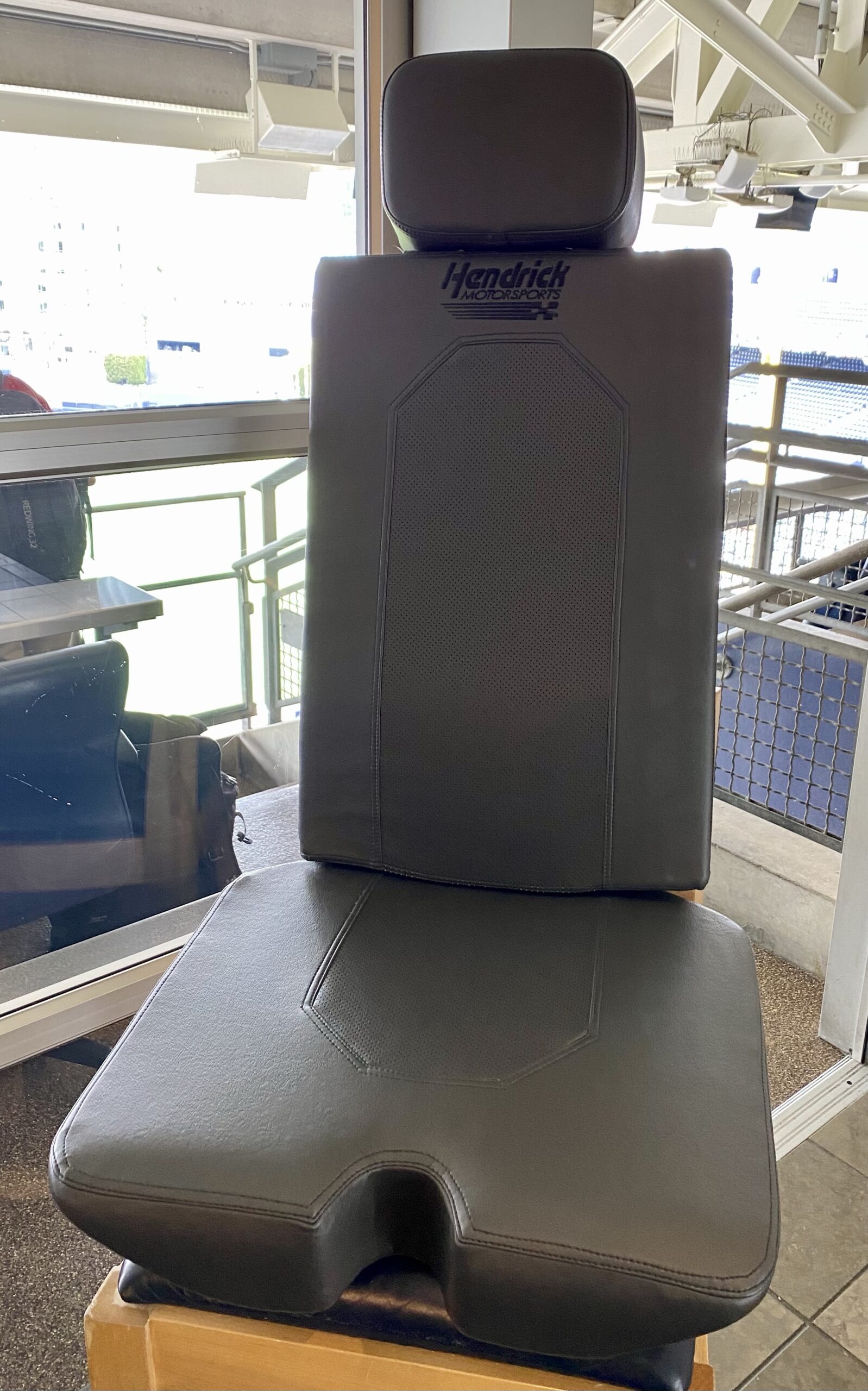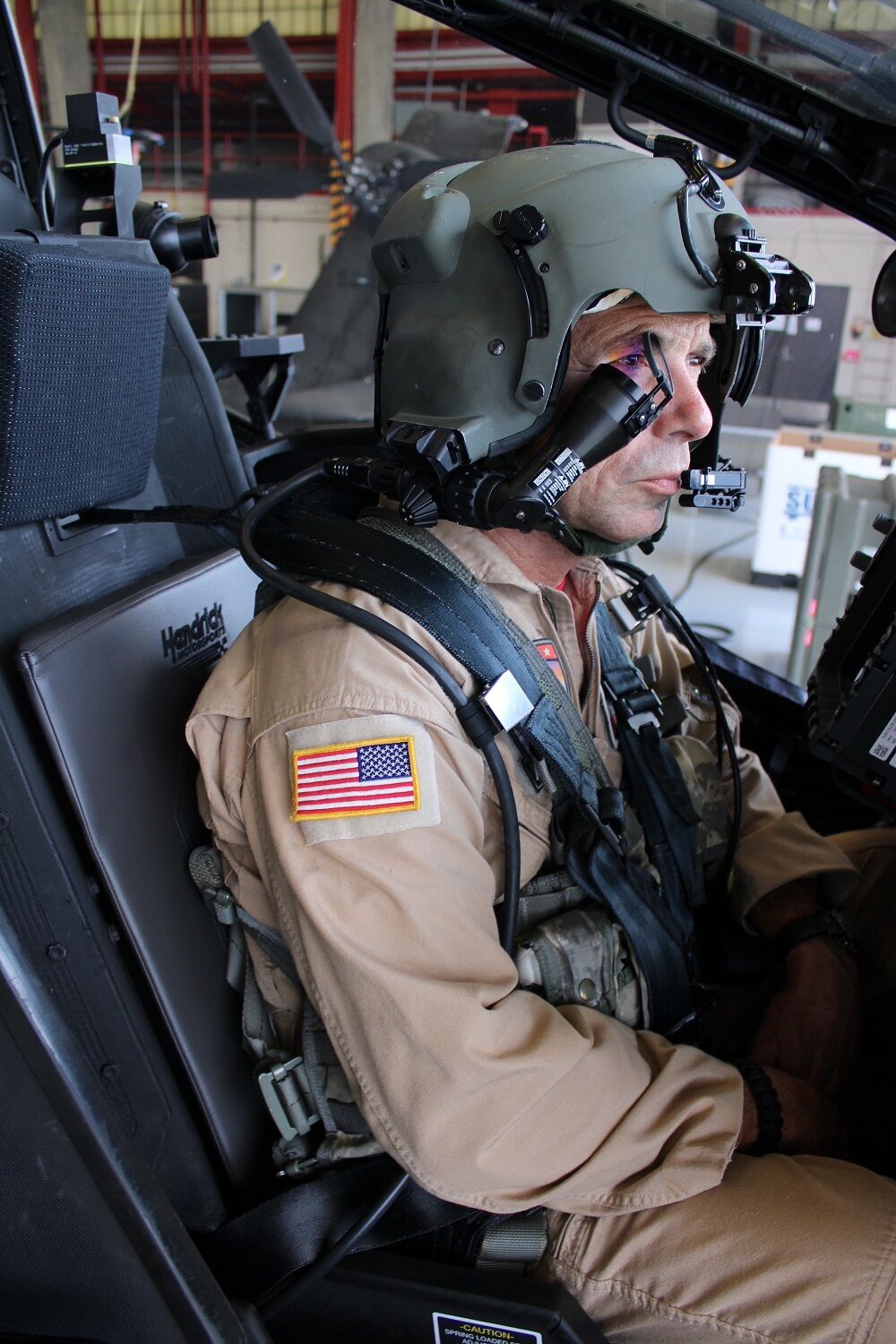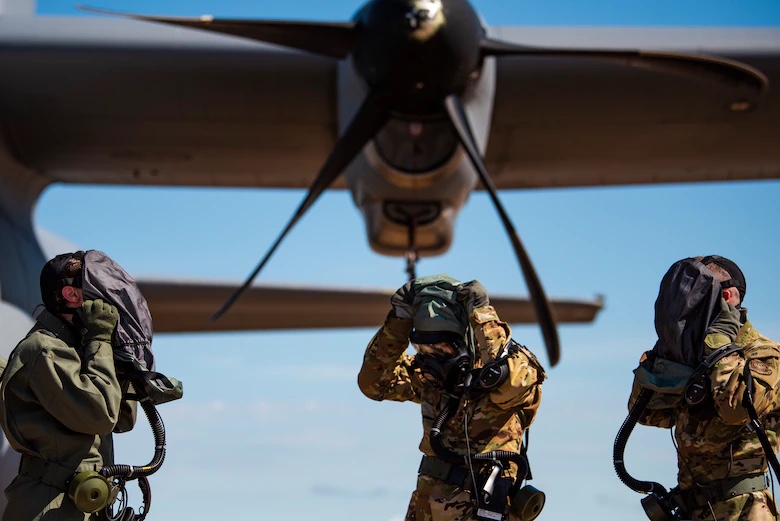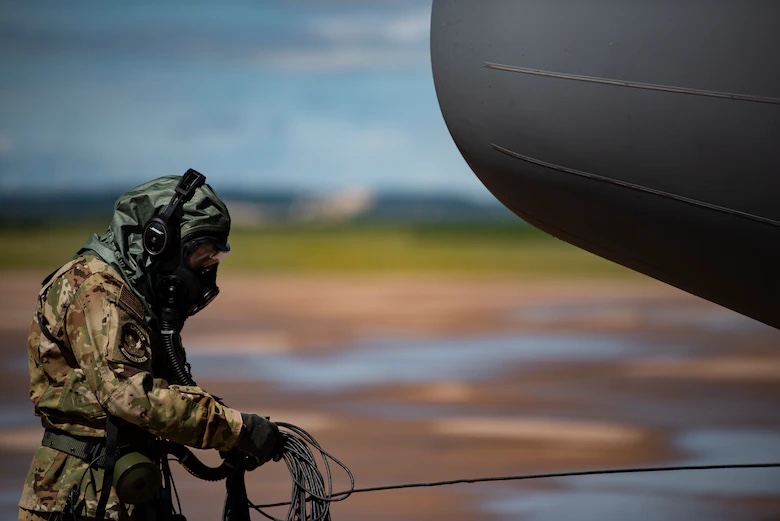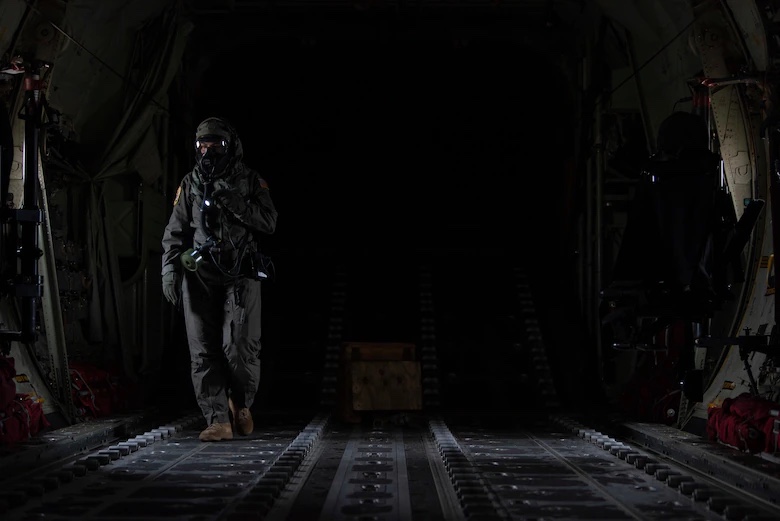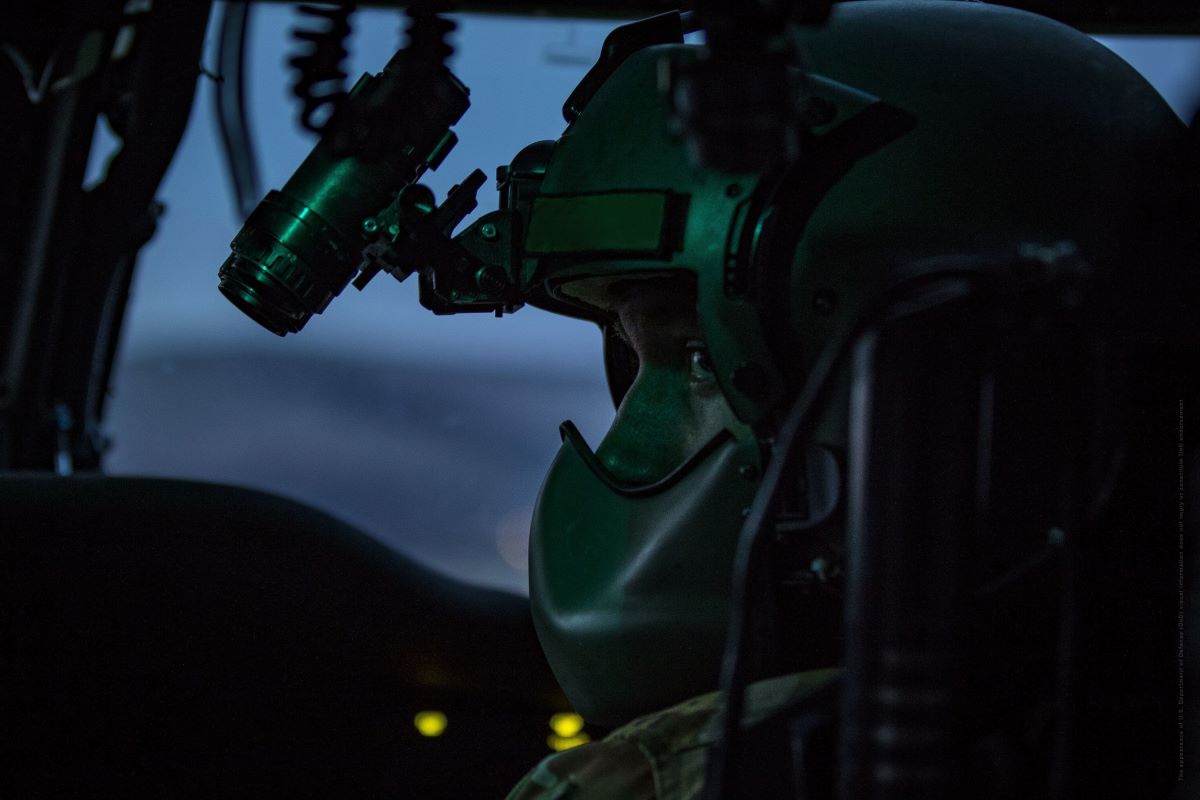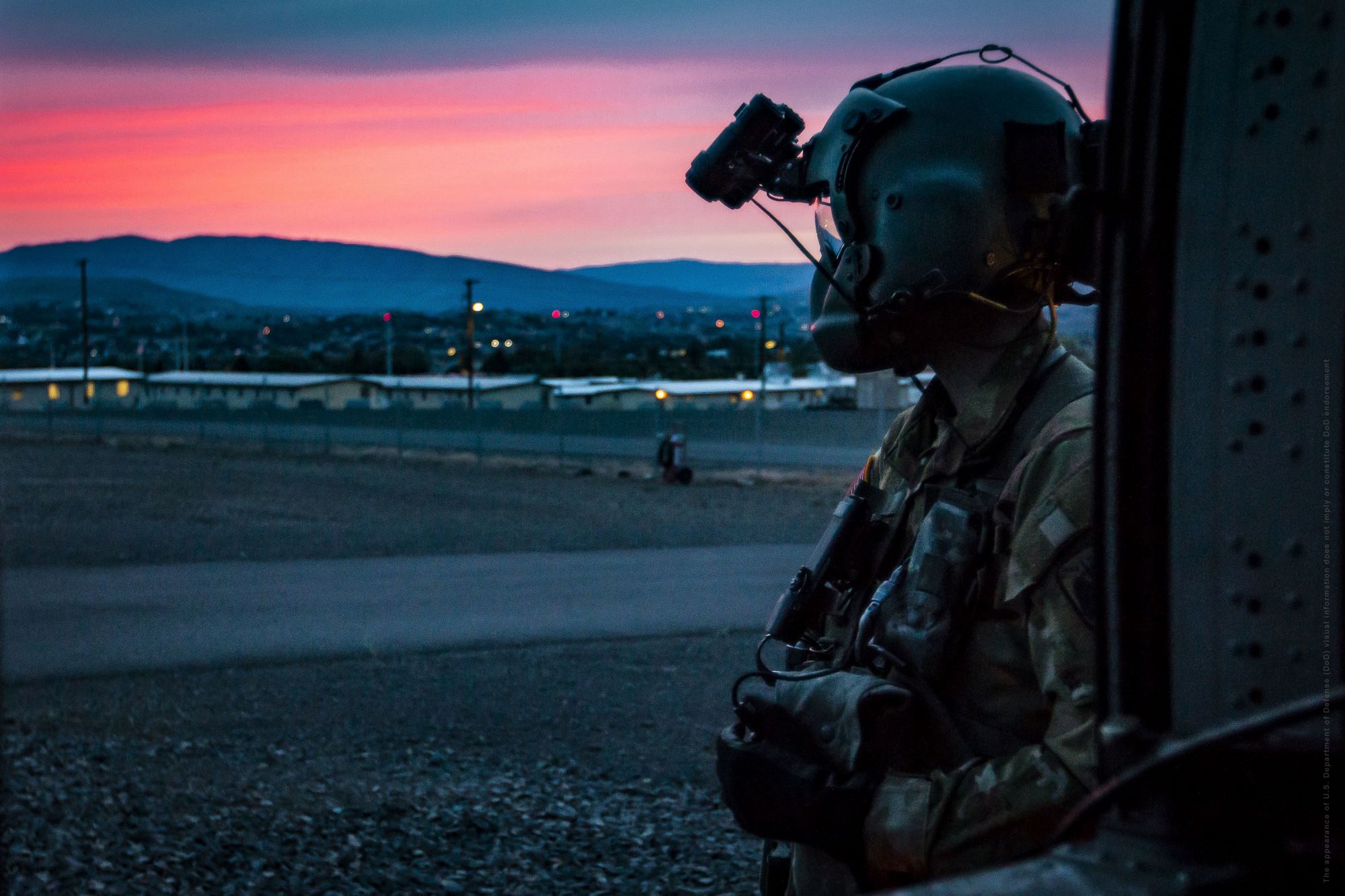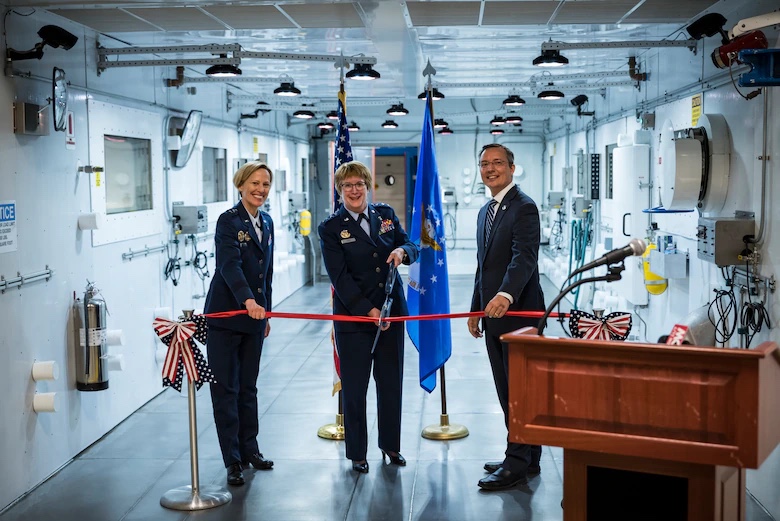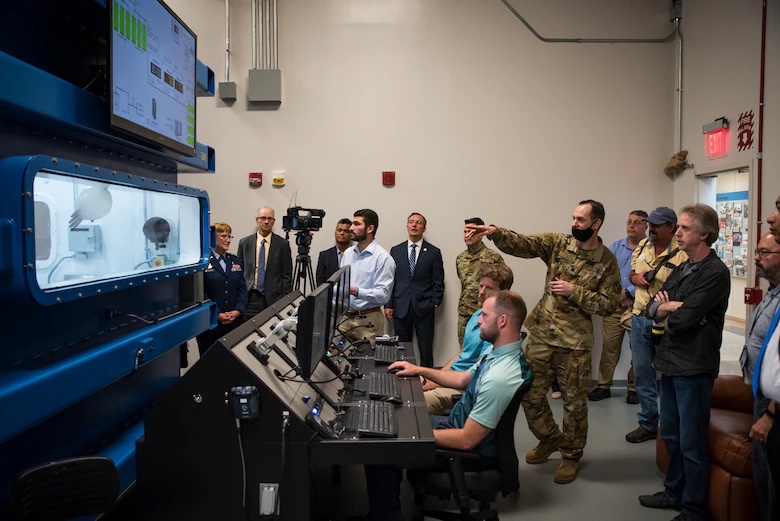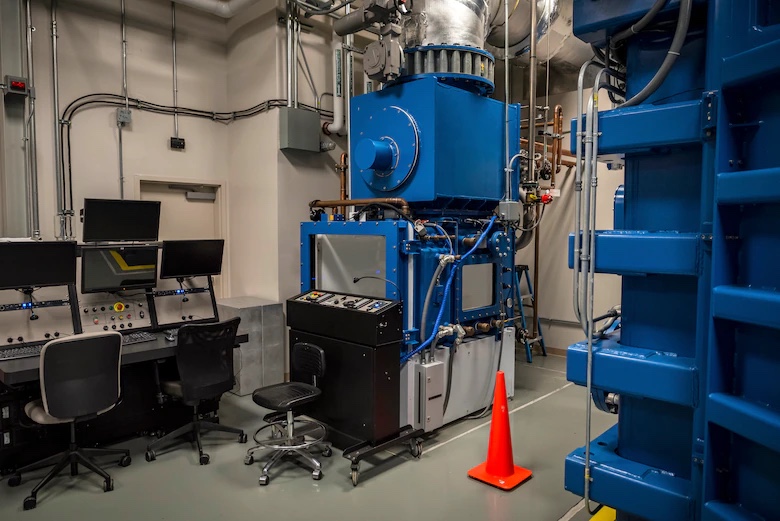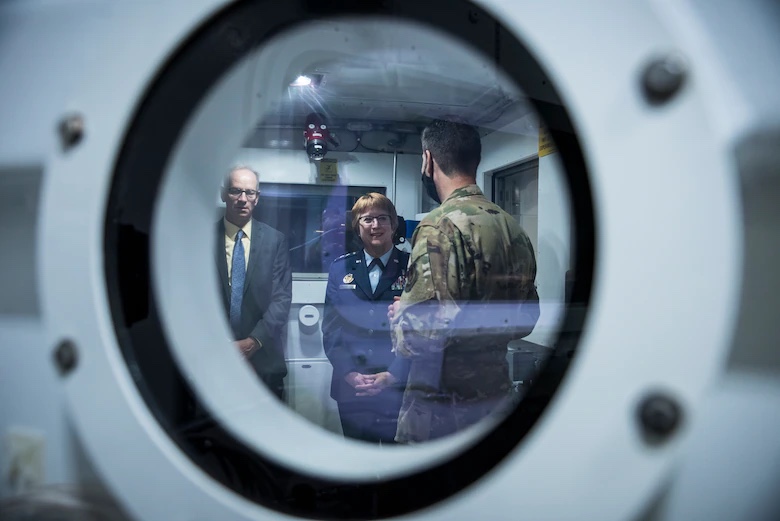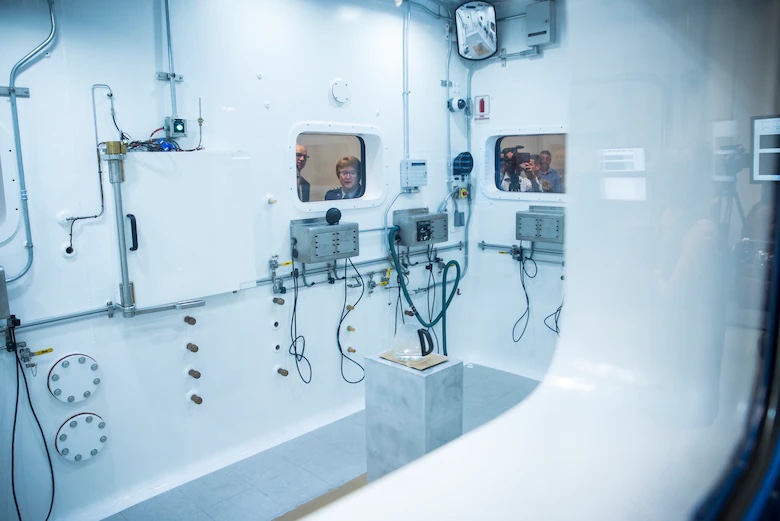• First award for satellite communications-enabled beyond line of sight (BLOS) on competitive Mid-Endurance Unmanned Aircraft Systems (MEUAS) IV program
• AeroVironment receives task order to provide ISR services at additional customer location
• AeroVironment JUMP 20 is a vertical takeoff and landing (VTOL), fixed-wing unmanned aircraft that AeroVironment uses to provide advanced multi-sensor intelligence, surveillance, and reconnaissance (ISR) services
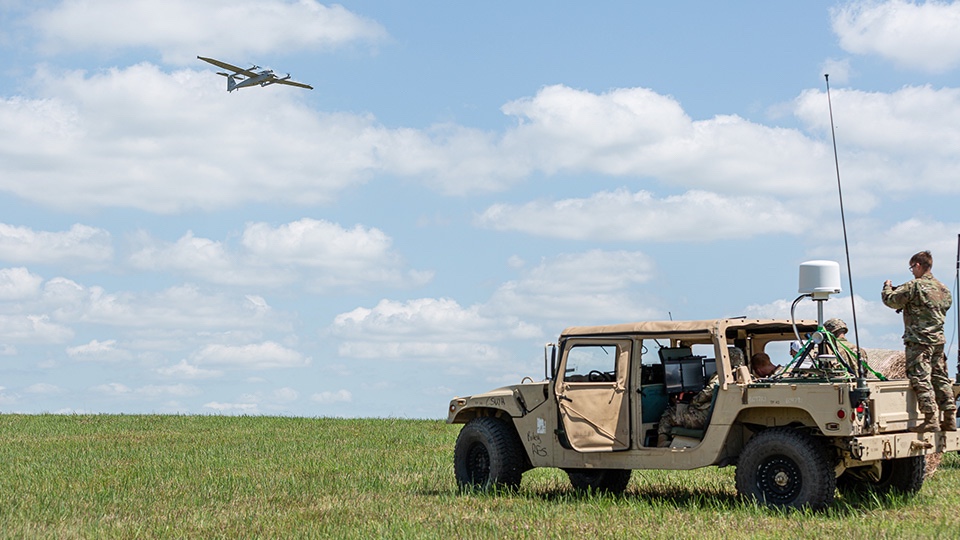
JUMP 20 is a VTOL, fixed-wing unmanned aircraft system that can be deployed quickly and requires no launch equipment or runway. (Photo: AeroVironment, Inc.)
ARLINGTON, Va., July 13, 2021 – AeroVironment, Inc. (NASDAQ: AVAV), a global leader in intelligent, multi-domain robotic systems, today announced it was awarded a competitive task order valued at approximately $22 million on May 21, 2021 from the U.S. Special Operations Command (USSOCOM) for ISR services using JUMP® 20 medium unmanned aircraft systems (UAS) at an undisclosed customer location. The ISR services include the first SATCOM-enabled unmanned aircraft system for beyond line of sight operations as part of the existing Indefinite Delivery, Indefinite Quantity (IDIQ) MEUAS IV contract. The task order specifies a 12-month period of performance and multiple follow-on option years for ISR services.
“The JUMP 20 delivers an unmatched level of versatility, with runway and infrastructure independence, multiple payload configurations, class-leading endurance and a track record of reliability and ruggedness,” said Gorik Hossepian, AeroVironment vice president and product line general manager for medium UAS. “The inclusion of a SATCOM payload adds beyond line of sight operation to the JUMP 20, providing our customer with expanded reach and situational awareness, and representing another game-changing, market-leading capability.”
The AeroVironment JUMP 20 is the first fixed-wing unmanned aircraft system capable of vertical takeoff and landing (VTOL) to be deployed extensively in support of U.S. military forces. Ideal for multi-mission operations, JUMP 20 delivers 14+ hours of endurance, a standard operational range of 185 km (115 mi) and is runway independent. The system can be set up and operational in less than 60 minutes without the need for launch or recovery equipment and has a useable payload capacity of up to 30 pounds. The JUMP 20 also features a common autopilot and ground control system architecture providing a highly customizable, modular platform which can be custom-configured to meet operational or customer requirements.


